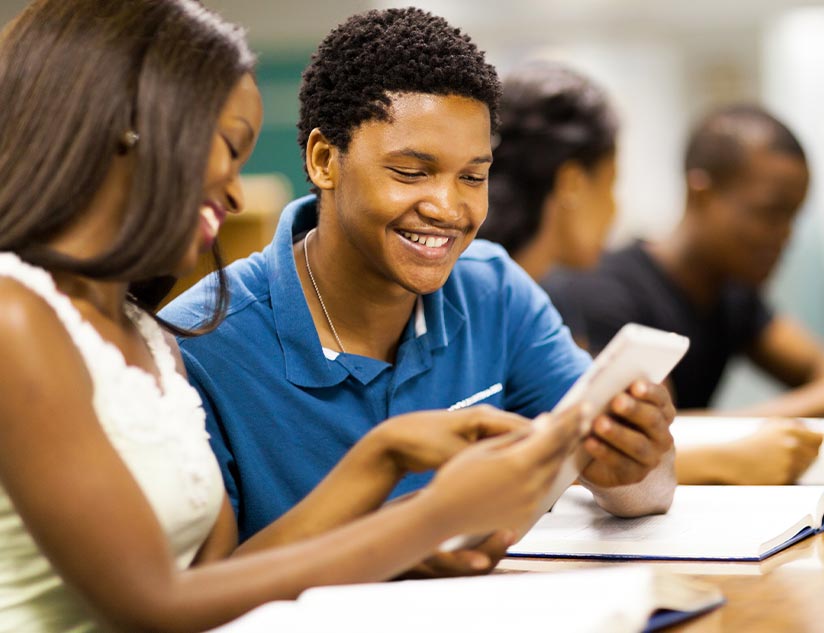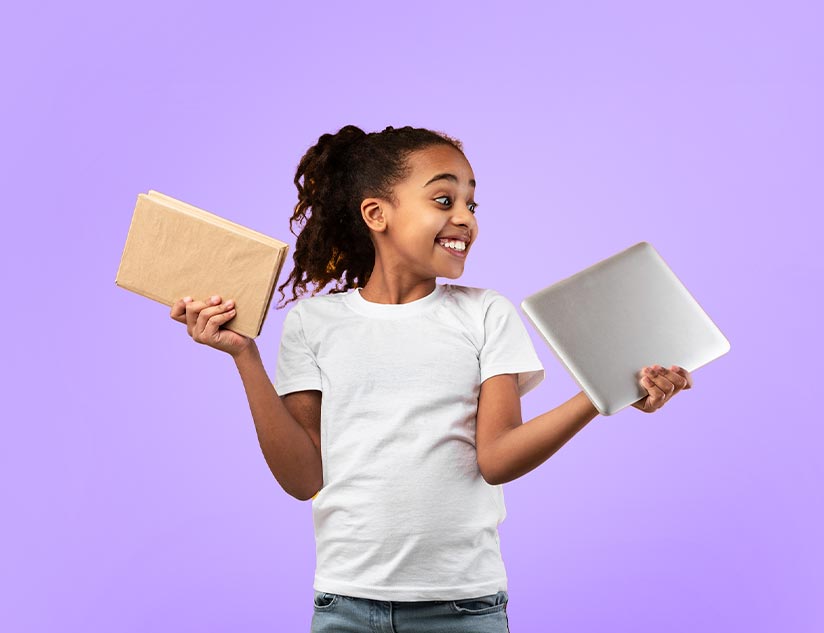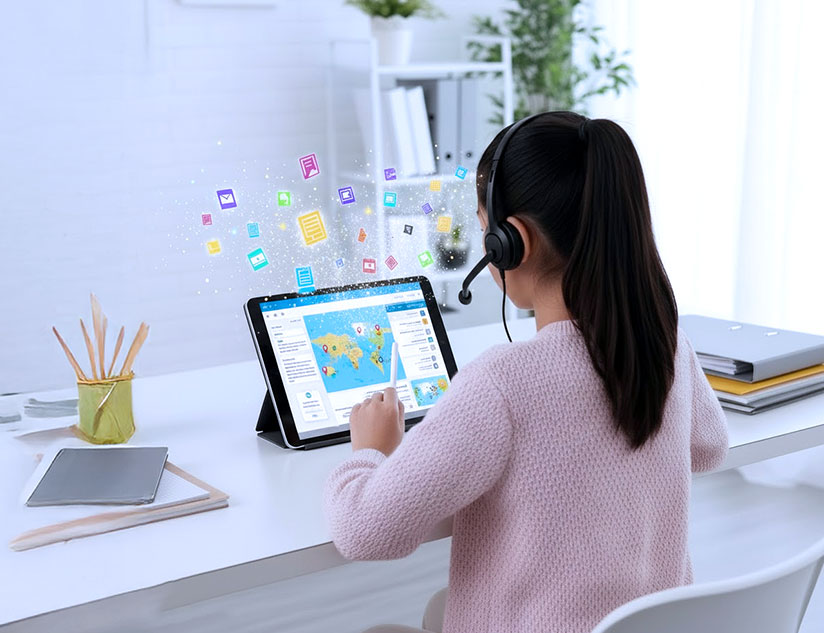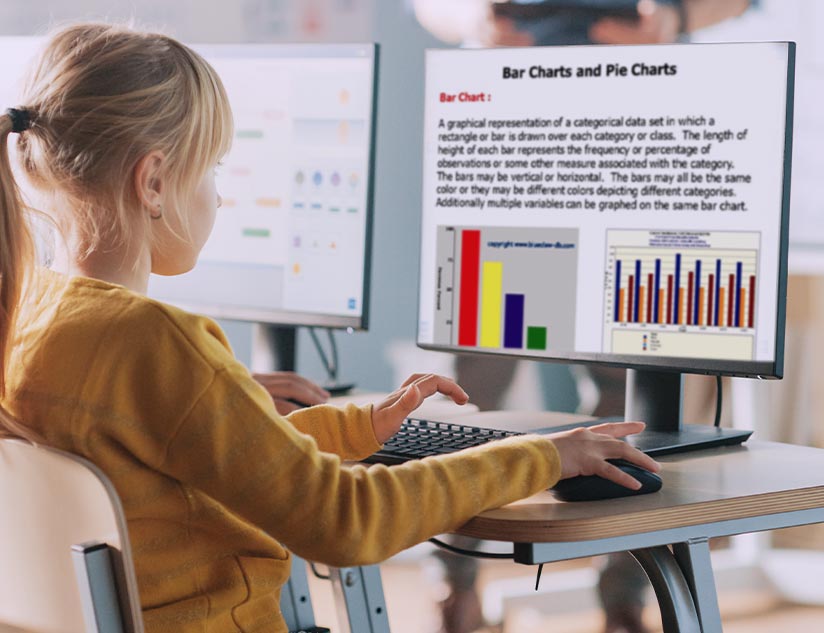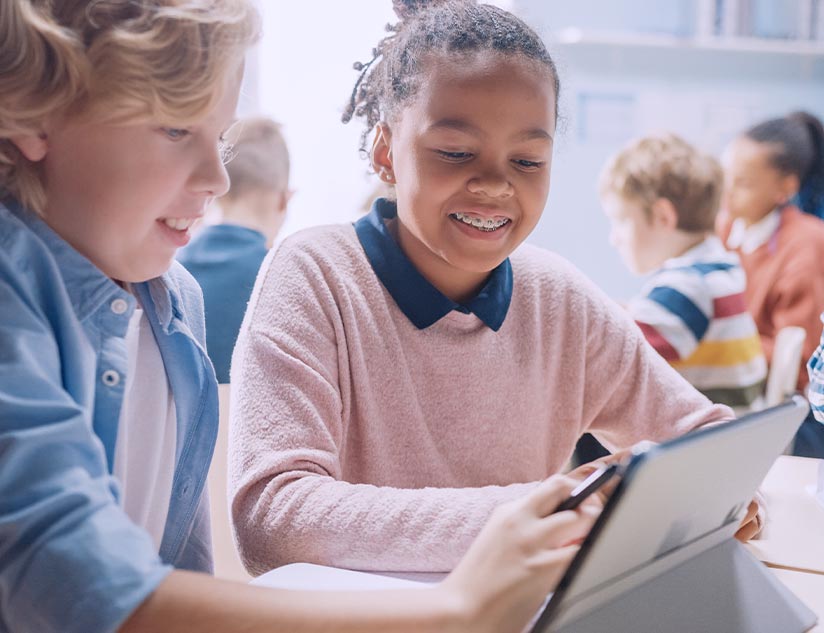“Education is not preparation for life; education is life itself.”
—John Dewey
Are you sure your education solutions are preparing students for their future? Can you ensure that today’s pedagogy prepares learners for life after school? Experts believe you can – by assessing learning efficacy.
The recent NAEP report urges education providers to evaluate not just the learner but the lesson and teaching methodologies as well. The goal of education is to bring about a change in learner abilities and behaviors. So, the need of the hour is to shift focus from evaluating the answers to evaluating the approach. This requires a shift in pedagogy to emphasize learning outcomes over curriculum achievement. It highlights the need for a transformation in feedback to be an instrument for improving learning outcomes. Effective feedback promotes deep learning, which in turn enhances the learning experience and improves engagement.
Improving Learner Efficacy with Personalized Feedback
Feedback can be general (for a group or a class) or individualized. Digital learning solutions enable differentiated learning via multiple approaches, including remote, blended, and flipped learning. And this is where individual feedback plays the most important role. Generic feedback will drive meaningful individual learner engagement or outcomes. While it gives educators a cumulative idea of how a group is progressing, it tends to neglect individual needs.
Personalizing feedback often leads to direct outcomes, such as:
- Making the learner feel seen
- Providing clarity on the next steps in the learning journey
- Clearly defined goals that promote learner confidence and motivate them to improve
- Satisfactory learner feedback that builds the reputation of the institution.
But this is possible only when the feedback is personalized and actionable. Here’s how to get there:
- Link feedback directly to expected learning outcomes.
- Give students “actions” that will help them reach their learning goals.
- Change the feedback from a strength and weakness analysis to a corrective advice format.
- Limit the feedback by prioritizing areas of improvement and focusing on the future learning path.
How to Fine-Tune Learner Feedback
Digital learning has made it possible to keep track of student learning progress. A student’s entire learning journey can be visualized on a digital platform. Machine learning and artificial intelligence can connect these learner actions to tell a story about their behaviors, engagement, learning style, and more.
Today, diverse data sets can be analyzed to derive custom reports. For example, the time a learner spends on a particular course can offer insights into their learning speed and skill level. Instructional designers can use such insights to change the way they deliver content.
If you compare data from assessments, it’s easy to tell what an individual finds easy or difficult to answer. An educator would then be able to channel this information into understanding their learner’s inclinations. This can be of tremendous help in developing more impactful lesson plans. Plus, it can help free up time. Research by the OECD reveals that 50% of a teacher’s working hours, and quite often over time as well, is spent on non-teaching activities, especially lesson planning. It can ease the tailoring of instruction to the individual needs of students. These reports empower teachers to provide more effective instruction and support to drive better learning outcomes. It can also be used to suggest more suitable courses or educational resources for the learner.
Gearing Learning Technology for Individualized Learner Feedback
Today, many edtech companies and publishers focus on devising means to empower educators, institutions, and learners with personalized feedback. Here are some of the advancements made so far:
Analytics that tell the full story
Using AI and ML, highly insightful reports become available within seconds. User analysis, strength area reports, most read titles, and more can be analyzed, and reports created instantly. Imagine the motivational power of real-time feedback from in-course quizzes and assessments, pinpointing exactly where a learner can improve and encouraging them through the test. AI-based algorithms are being used to make a repository of feedback and provide the appropriate one based on learner behavior.
Harnessing the Learning Moment
The age of instant gratification calls for instant results. As students take small quizzes and assessments, automated feedback is delivered instantly to motivate students while they’re in the learning moment. Instant feedback has proven to be an effective way to provide contextual information and promote deep understanding.
Video Feedback to Set the Context
When educators step in to provide individualized feedback, both students and parents feel confident that education is in experienced hands. The human touch helps students build a connection and assures the availability of help whenever needed. EdTech tools can help teachers create video feedback asynchronously, which students can view at their convenience.
Improved Accessibility in Learning
While assistive technologies can help students with disabilities get through their lessons, instant feedback can take it a step forward. Many times, platforms with accessibility add-ons can glitch or malfunction. Feedback works two ways – learners experiencing these technical difficulties can highlight where the content is lacking so that educators can address these on the spot. With multi-device compatibility, students can access learning feedback anytime, anywhere. This allows learners to work at their own pace and schedule. Parents can view the feedback whenever it is convenient, increasing parent engagement with the system.
In a Nutshell
The right tools in the hands of teachers and educational institutions can help them achieve better learning outcomes and drive learner-oriented teaching. Intuitive technology can help formulate diversity management strategies, thus improving student engagement.
As learning increasingly moves to the online space, the NAEP report has emphasized the need to build a framework of “tutoring at scale” to accommodate bespoke teaching with one-to-one sessions. This can also make education inclusive of different backgrounds, learning levels, and abilities in the mainstream education setup. Assessments and feedback must align with the differentiated learning process to provide individualized feedback. Thus, making it a competitive differentiator among learning platforms as learner-centric education takes the center seat. Meeting the on-ground needs of the industry at the earliest is how EdTech companies can establish leadership and enhance adoption rates.
Want to learn how you can offer the facility of personalized feedback to your clients? Talk to us today.

